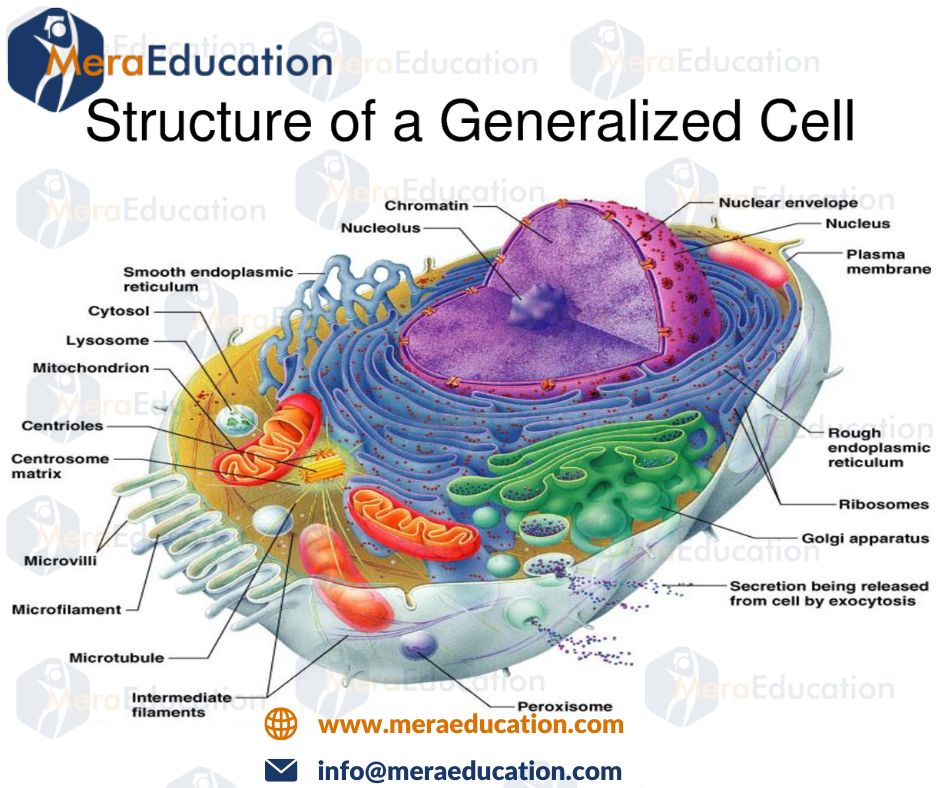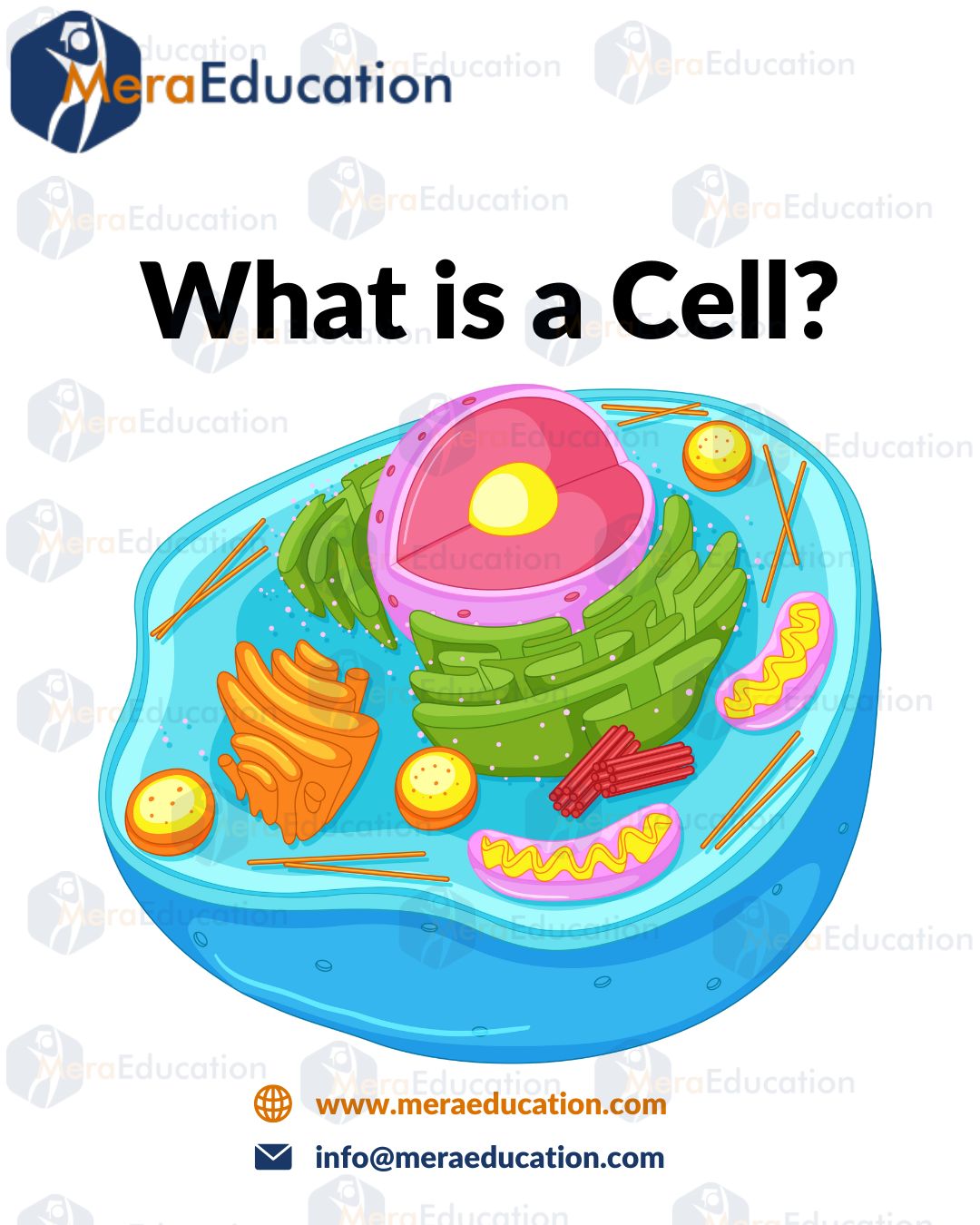What is a Cell
What is a Cell?
Cell – A cell is the basic, smallest structural & functional unit of the body.
Point 1. The basic unit of Body
Point 2. The smallest unit of Body
A cell is the basic structural and functional unit of living organisms. It is the smallest unit of life capable of performing all the functions necessary for life, such as metabolism, growth, reproduction, and responding to stimuli.
Animal cells vary in size, shape, and function depending on their specific role within the organism. They are enclosed by a semi-permeable membrane, which regulates the passage of substances in and out of the cell. Inside the cell, various organelles carry out specific functions, such as the nucleus, which contains the genetic material (DNA), and mitochondria, which are responsible for energy production.
The study of cells is known as cell biology or cytology, and it is fundamental to understanding the structure and function of animals and other living organisms.
Example of Dead Cell
- Wood
- Hair
- Nails
- Horn
- Bone
- Both Sponge = Phy = Porifera
- Leather
Animal Body
Cells —- Tissue —- Organ —- Organ System —- Body (Only Higher Animal like Human)
Plant Body
Cells —- Tissue —- Tissue System —- Plant Body
(Rough – Brick — Walls — Room — Home)

Discovery of Cells
The discovery of cells is credited to the work of several scientists over centuries. However, one of the most significant milestones in the discovery of cells is attributed to Robert Hooke, an English scientist, who in 1665, observed thin slices of cork under a microscope that he had designed. He noticed small box-like structures, which he termed “cells” because they resembled the cells (small rooms) in a monastery. Hooke’s discovery marked the first time that cells were observed and described, though he was actually seeing the cell walls of dead plant cells.
Later, in the 1670s, Antonie van Leeuwenhoek, a Dutch scientist and microscopist, made significant advancements in microscopy and observed living cells for the first time. He examined various samples, including water, blood, and bacteria, using microscopes of his own design, and described the existence of tiny organisms that he called “animalcules,” which we now know as microorganisms.
In the 19th century, with the improvement of microscopy techniques, particularly with the development of the compound microscope, scientists such as Matthias Schleiden and Theodor Schwann proposed the cell theory. Schleiden, a German botanist, and Schwann, a German physiologist, concluded that all living organisms are composed of cells, and that cells are the basic unit of structure and function in living organisms. This laid the foundation for modern cell biology.
Further advancements in microscopy, biochemistry, and molecular biology throughout the 20th and 21st centuries have allowed scientists to delve deeper into the structure and function of cells, leading to a more comprehensive understanding of cellular biology and its implications for various fields, including medicine, genetics, and biotechnology.
Who discovered cells?
The discovery of cells is attributed to multiple scientists who made significant contributions over time. The first observation of cells is commonly credited to Robert Hooke, an English scientist, who in 1665, examined thin slices of cork under a microscope and observed what he termed “cells” due to their resemblance to small rooms in a monastery. However, Hooke was actually observing the cell walls of dead plant cells.
Antonie van Leeuwenhoek, a Dutch scientist, is credited with the discovery of living cells. In the 1670s, he used microscopes of his own design to observe various samples, including water, blood, and microorganisms, which he referred to as “animalcules.”
Cells, the fundamental units of life, exhibit several key characteristics:
- Cell Membrane: All cells are surrounded by a thin, flexible barrier called the cell membrane or plasma membrane. This membrane regulates the passage of materials in and out of the cell, allowing for selective permeability.
- Genetic Material: Cells contain genetic material, either DNA or RNA, which carries the instructions necessary for the cell’s structure, function, growth, and reproduction. In eukaryotic cells, DNA is typically housed within a nucleus, while in prokaryotic cells, it is found in the cytoplasm.
- Cytoplasm: The region within the cell membrane that encompasses all cellular contents except the nucleus in eukaryotic cells. It includes organelles, cytosol (the fluid component), and various molecules necessary for cellular function.
- Organelles: Cells contain specialized structures called organelles that carry out specific functions. Examples include the nucleus, mitochondria, endoplasmic reticulum, Golgi apparatus, chloroplasts (in plant cells), and lysosomes.
- Metabolism: Cells engage in metabolic activities, including the conversion of nutrients into energy, synthesis of molecules, and elimination of waste products. Metabolism allows cells to maintain homeostasis and perform their functions.
- Reproduction: Cells can reproduce through processes such as cell division (mitosis and meiosis). This allows organisms to grow, develop, and repair damaged tissues.
- Response to Stimuli: Cells can respond to internal and external stimuli, such as changes in temperature, pH, or the presence of signaling molecules. These responses enable cells to adapt to their environment and maintain internal balance.
- Homeostasis: Cells regulate their internal environment to maintain a stable internal balance, known as homeostasis. This involves controlling factors such as temperature, pH, and nutrient levels to ensure optimal conditions for cellular function.
Important Questions –
Q. Who given by cell theory?
Ans. M.J. Schleiden (Botany) and Theodor Schwann (Zoology)
Q. Who is first time used the term cell?
Ans. Robert Hooke
Q. Who is first time discovered living cell?
Ans. Antonie Van Leeuwenhoek







